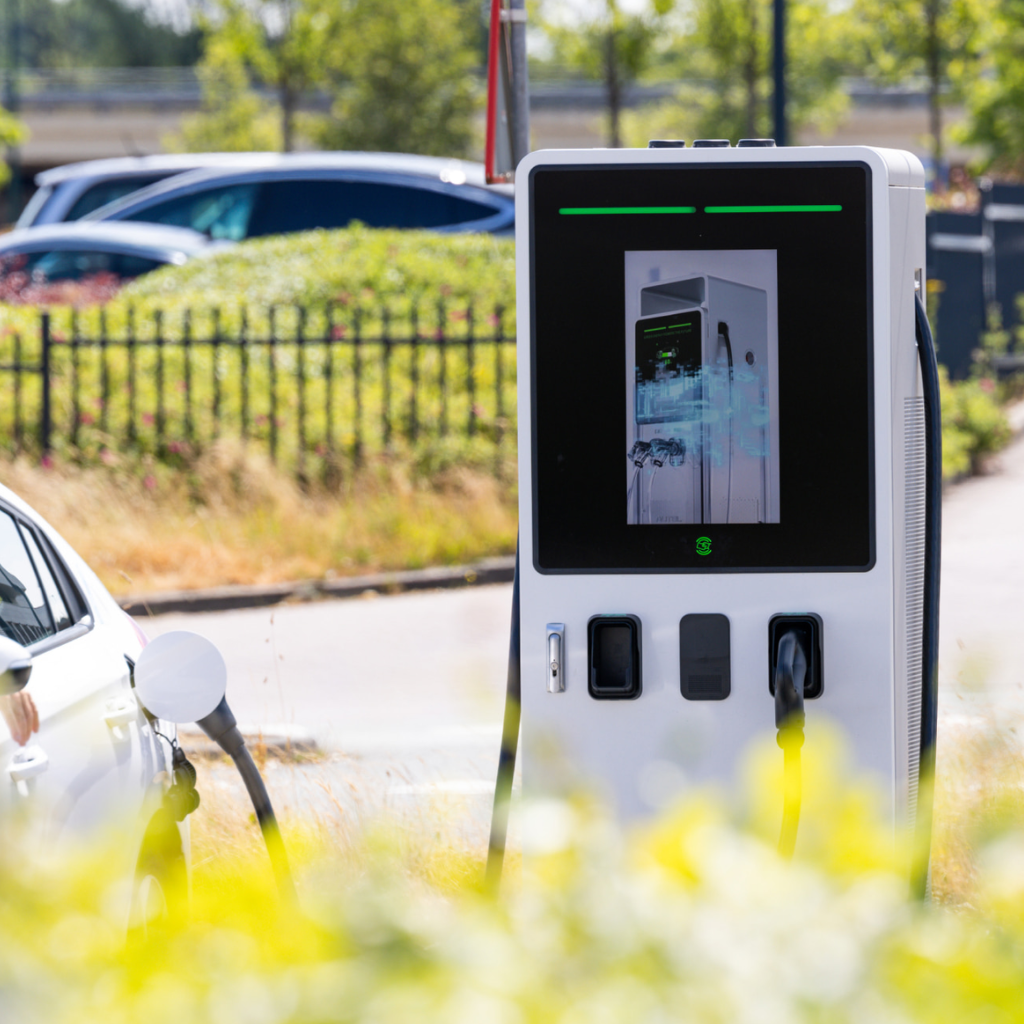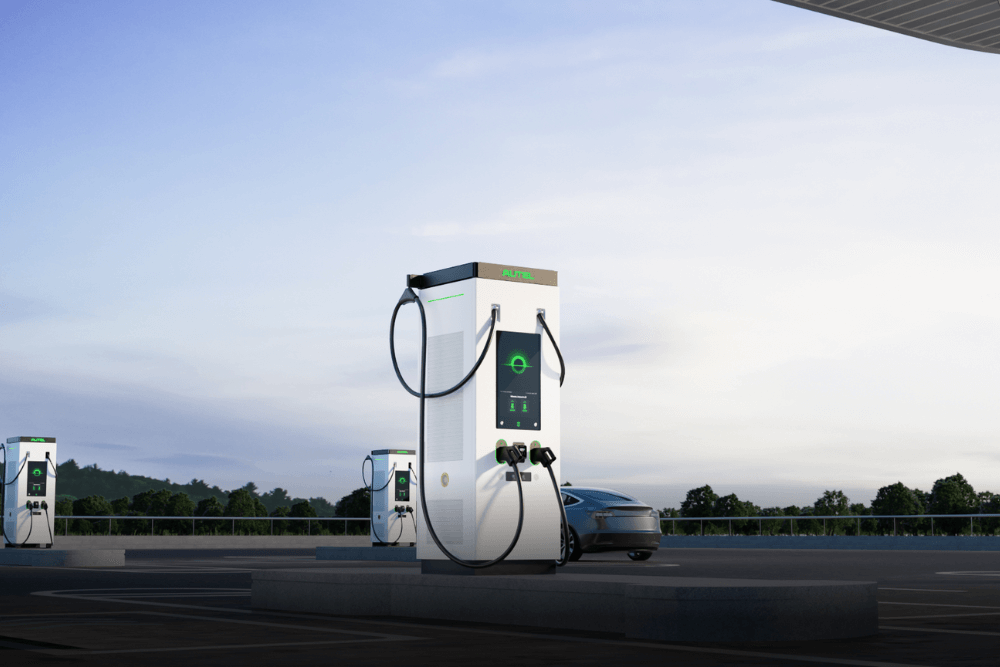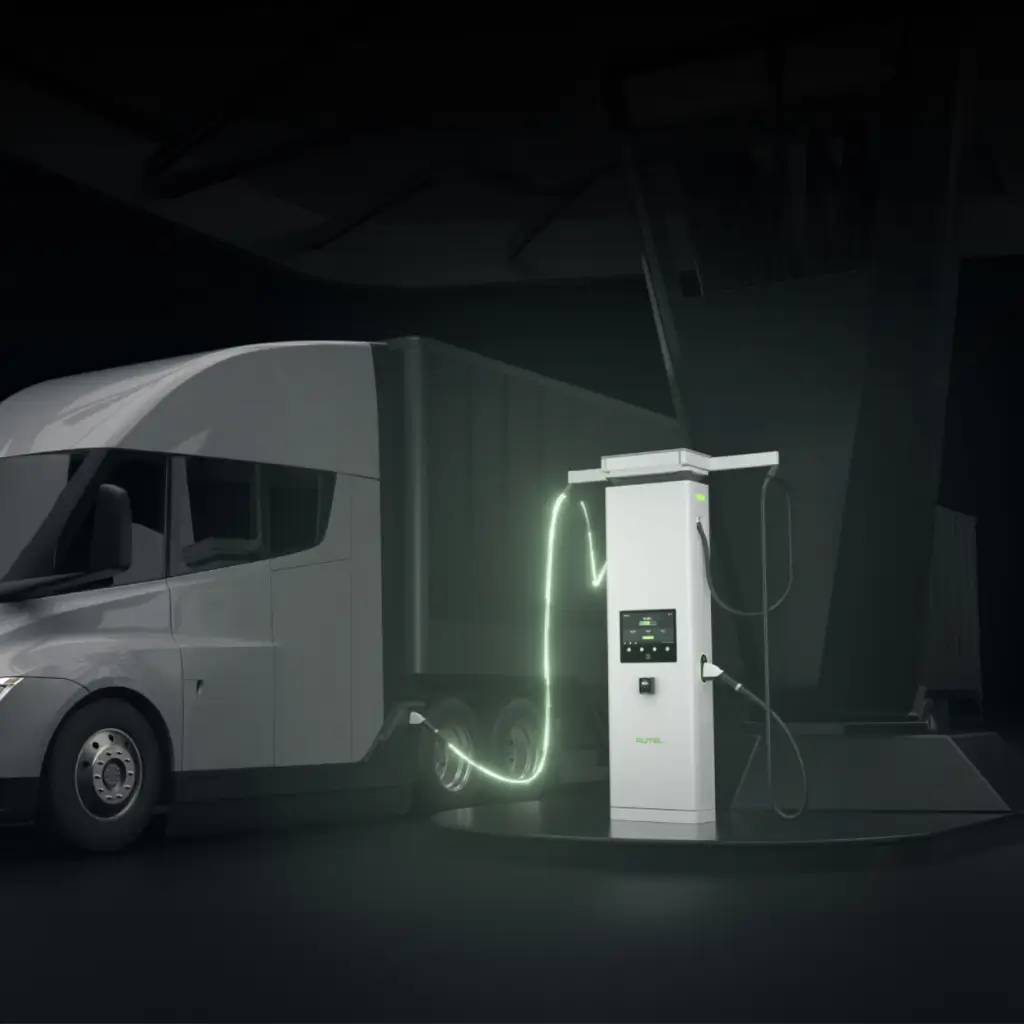
- MaxiCharger DH480
- MaxiCharger AC Pro
- MaxiCharger DC HiPower
- MaxiCharger DC Fast
- MaxiCharger DC Compact
- MaxiCharger AC Elite

- For CPOs
- For Fleets
- For Destination
- For Residential
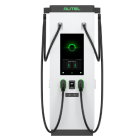 MaxiCharger DH480
MaxiCharger DH480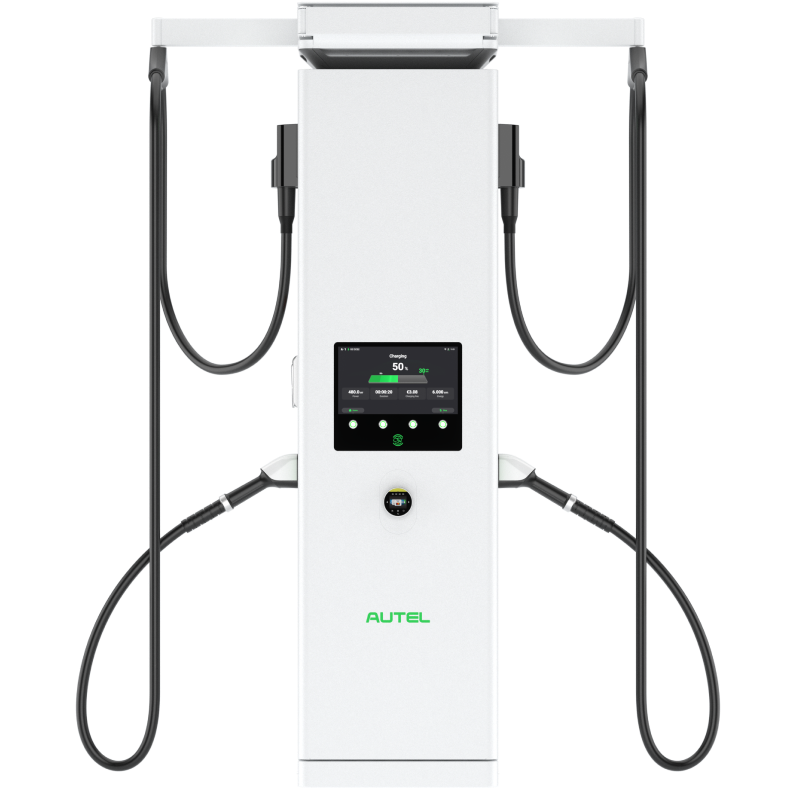 MaxiCharger DC HiPower
MaxiCharger DC HiPower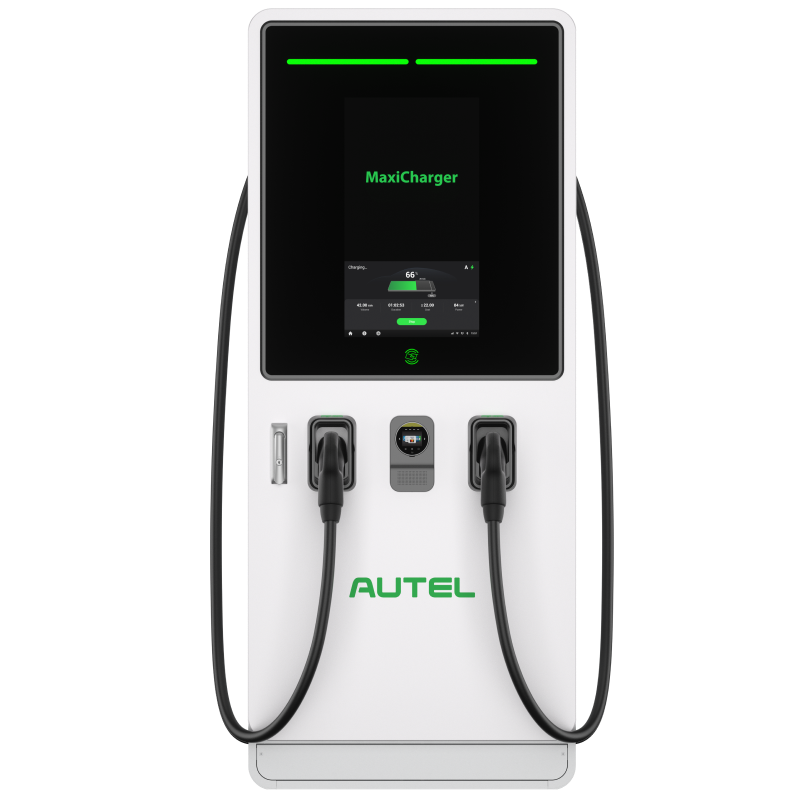 MaxiCharger DC Fast
MaxiCharger DC Fast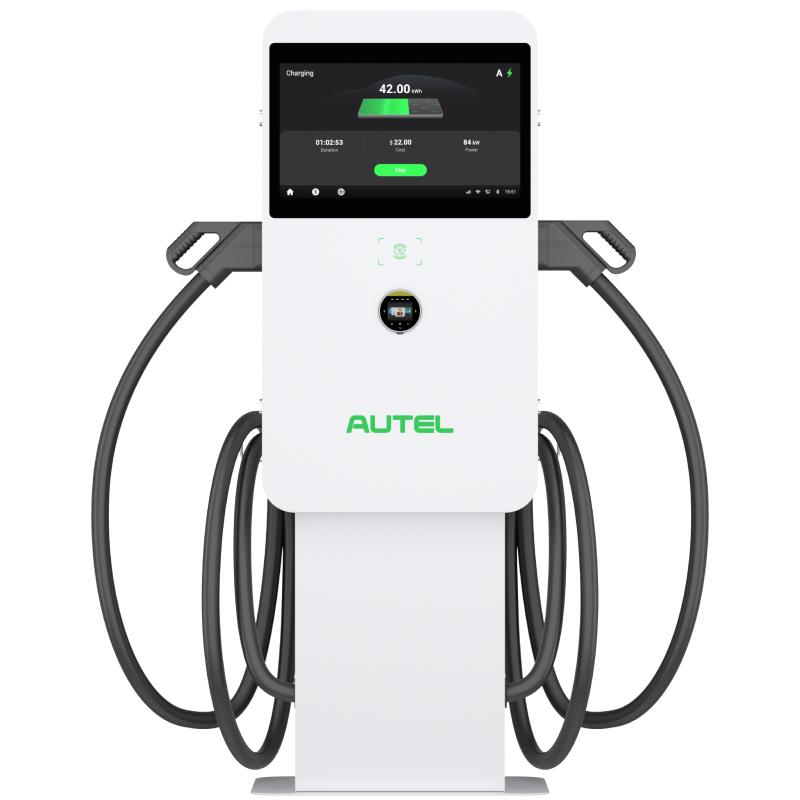 MaxiCharger DC Compact
MaxiCharger DC Compact
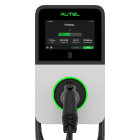 MaxiCharger AC Pro
MaxiCharger AC Pro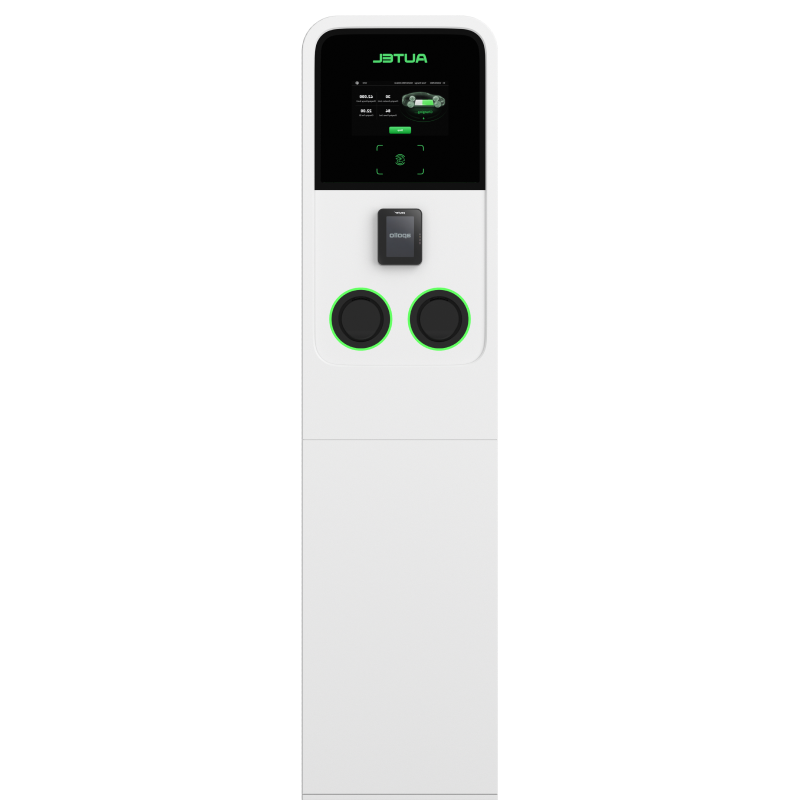 MaxiCharger AC Ultra
MaxiCharger AC Ultra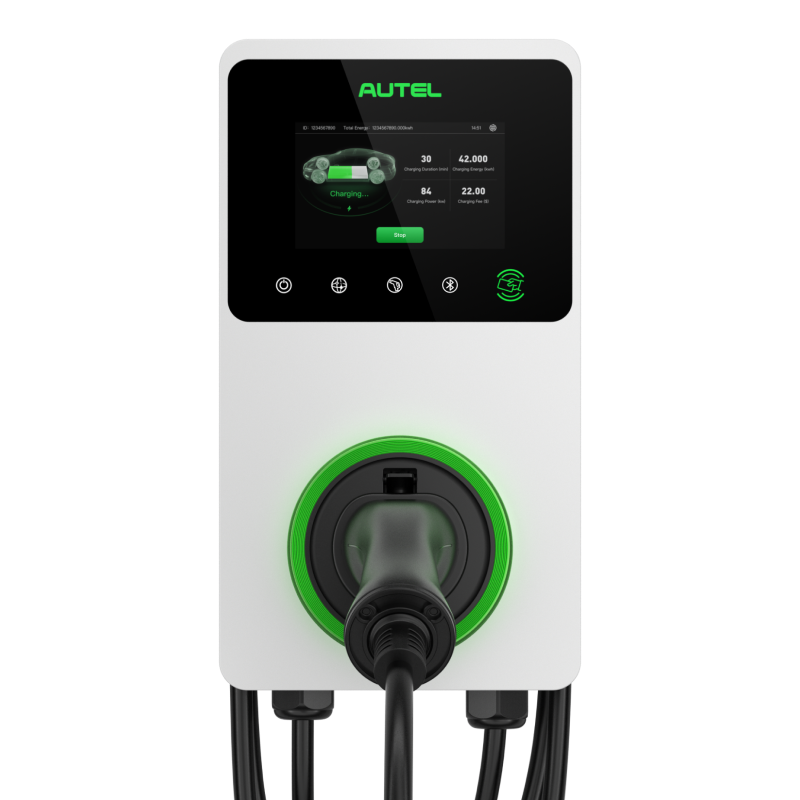 MaxiCharger AC Elite
MaxiCharger AC Elite
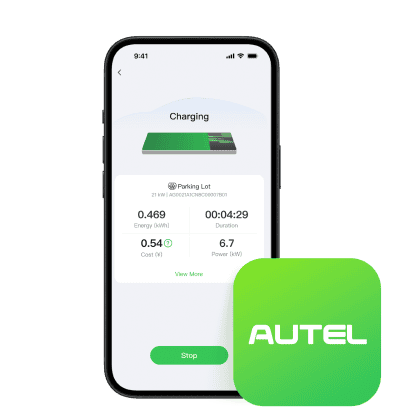 Software
Software
- Partner Introduction
- Become A Partner
- Event
- FAQ
- Blog
- About Autel
- Contact Us
- Sustainability
- Newsroom
- Brand Center
- Product Center
How much does a commercial EV charging station cost? Top factors to consider
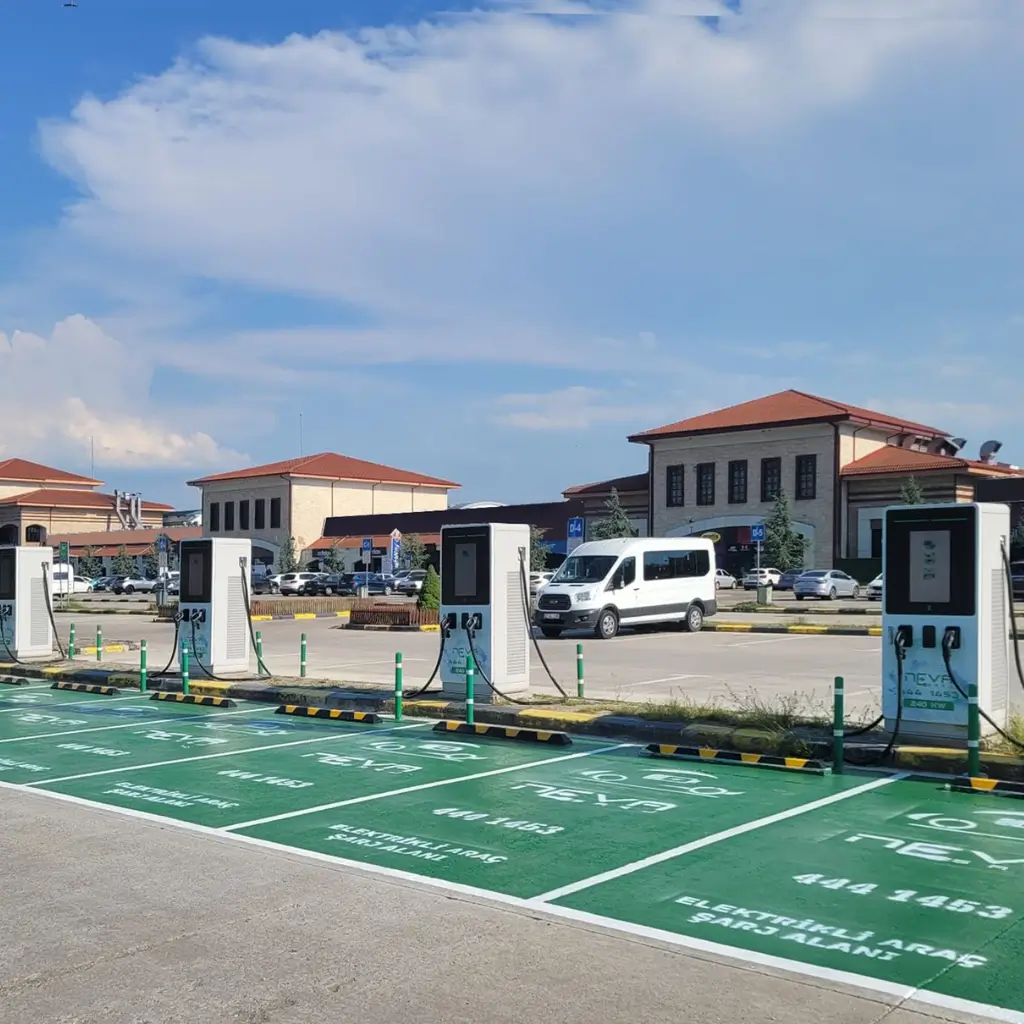
How much does it cost to install a commercial EV charging station? The answer depends on several factors—charger type, installation site, power upgrades, and long-term business goals. While basic setups may require a modest investment, larger projects with fast chargers and utility coordination can significantly raise total costs.
This guide walks you through all cost components, from hardware to hidden fees, and helps you plan a scalable, future-ready charging solution tailored to your operations.
Cost Breakdown by Charger Type
Level 2 Commercial Chargers: Entry-Point for Most Businesses
Level 2 chargers are a practical solution for retail centers, office buildings, and hospitality venues. These chargers are generally more affordable and suitable for vehicles parked for several hours. They support smart features like RFID access, app control, and scheduled charging, making them ideal for most customer-facing or employee parking environments.
DC Fast Chargers (Level 3): Speed with a Price Tag
For logistics hubs, highway rest stops, or fleet depots, speed matters. DC fast chargers enable rapid charging in under an hour. These chargers come at a significantly higher cost but increase vehicle turnover and reduce operational downtime, making them ideal for high-volume or time-sensitive operations.
Power Output (kW Ratings) and Brand Premiums
Higher wattage demands better internal cooling, grid capacity, and system reliability. Premium brands may require a higher initial investment but offer enhanced diagnostics, remote management, and over-the-air software updates—resulting in lower maintenance and higher uptime over time.
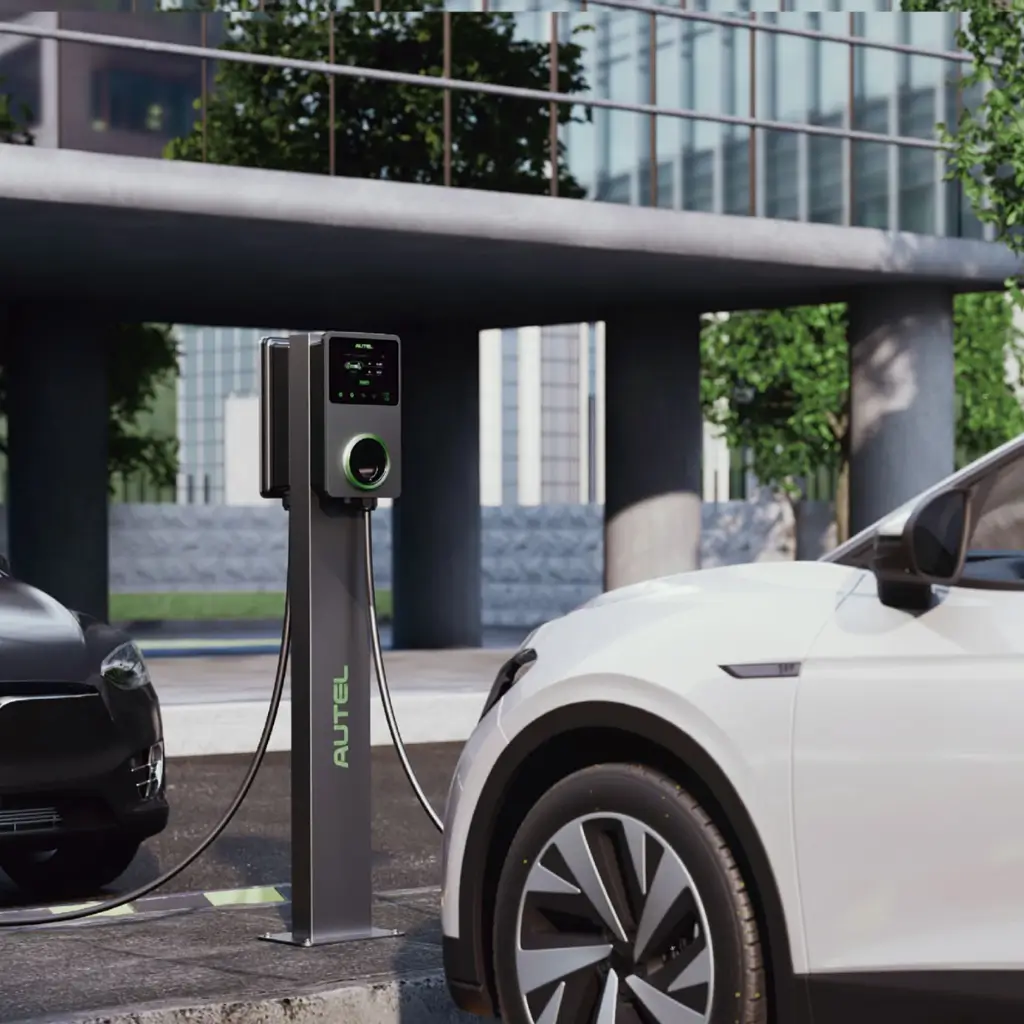
Installation Costs You Shouldn’t Overlook
Installation can significantly increase your total investment. Key cost factors include:
- Trenching and conduit installation
- Electrical panel upgrades and transformers
- Network cabling and backhaul
- Labor and inspection fees
For older buildings or sites lacking power capacity, installation costs can be substantial. Early site assessment is critical for controlling these expenses.
Related Reading:What Is a Level 3 Charging Station? [2025 Update]
Utility Coordination and Available Incentives
Utility-Driven Costs: Upgrades and Capacity Limits
Utilities often require interconnection studies or load impact assessments. Depending on your existing infrastructure, you may need a transformer upgrade, panel expansion, or even grid-side modifications. Some utilities also charge capacity reservation or demand fees for DC fast charging.
Navigating Rebates, Tax Credits, and Grants
The U.S. government offers generous incentives for EV infrastructure. Many state and utility programs also offer direct rebates or site development grants.
Most federal and state-level rebates have annual caps or limited enrollment windows. To avoid missing out, work with certified EVSE providers who can help pre-qualify your site, gather documentation, and submit applications on your behalf. Incentive-savvy vendors often have shorter payback periods significantly.
Timing Delays from Utility Approvals or Upgrades
The #1 cause of project delays is utility approval. Grid assessments and upgrade timelines can delay installation. Engage your utility provider early to avoid timeline disruptions and manage project expectations.
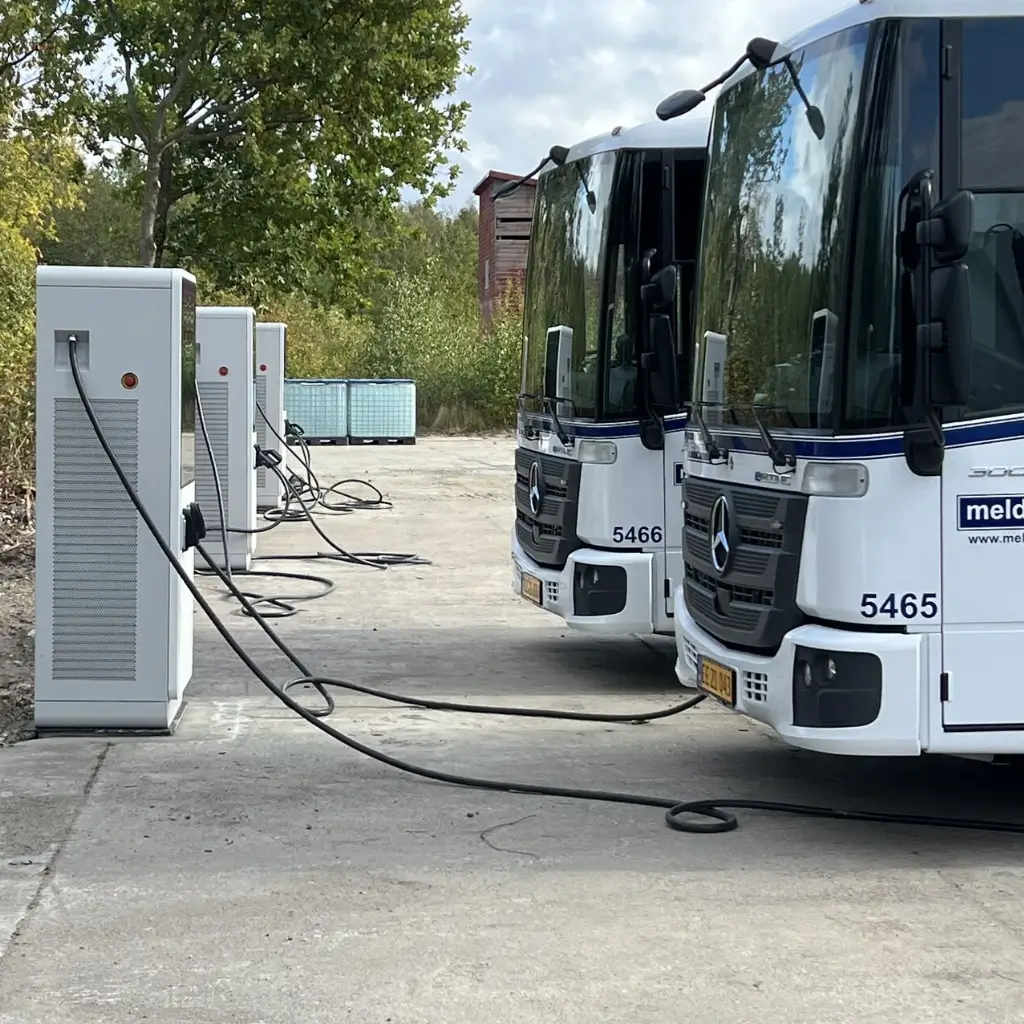
Site and Use Case Factors That Affect Cost
Costs vary widely depending on your deployment model:
- Public Access: Shopping malls, hospitality, entertainment
- Private Fleet: Delivery depots, rental agencies, corporate campuses
- Mixed-Use: Office/residential developments
Other factors include the number of parking spots, layout reconfiguration, ADA compliance, lighting, signage, and weatherproofing—all of which can influence total install cost.
Revenue Potential and Long-Term ROI
Monetization Models: Per Session, Per kWh, or Time-Based
Commercial chargers can generate revenue through:
- Per kWh pricing: Common in states with deregulated utilities
- Per session or per minute pricing: Easier for fixed-time business models
- Free charging: Used as a customer amenity or incentive (with hidden value)
Pricing strategies should reflect local energy tariffs, usage patterns, and value-added positioning.
How to Calculate Break-Even and Payback Period
To estimate your return on investment, evaluate:
- Initial infrastructure investment
- Average monthly charging sessions
- Revenue per session or per kWh
- Monthly operational costs (e.g., electricity, maintenance, software)
Payback periods vary based on usage, charger type, energy rates, and available incentives.
Hidden Costs and Operational Surprises
Even with the best planning, unexpected costs can arise:
- Permitting Delays: Local compliance and zoning can extend timelines
- Demand Charges: High-powered DC units may incur demand fees
- Software Subscription Fees: EV networks may charge annual fees for management and monitoring tools
- Maintenance Contracts: Ongoing upkeep is necessary to ensure uptime and safety
Partnering with a full-service provider helps pre-identify these risks and factor them into your financial model.
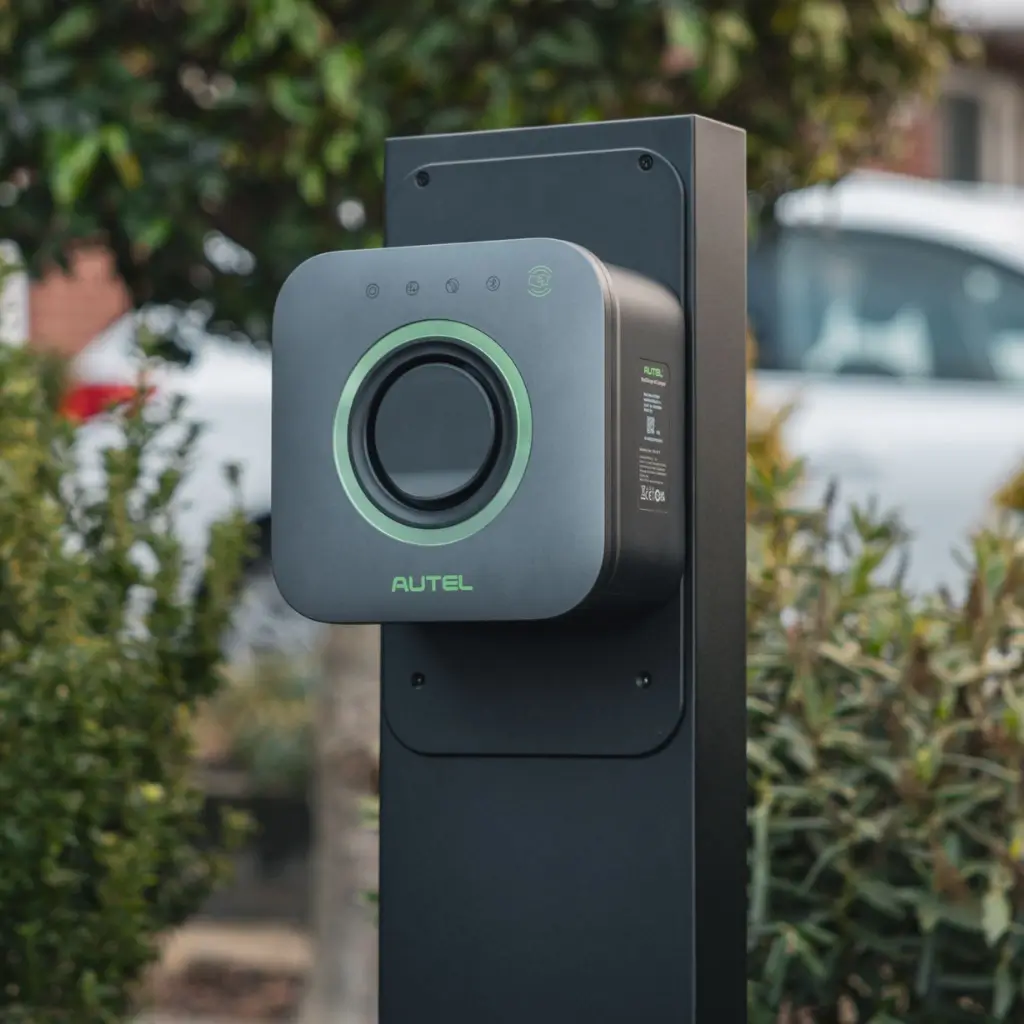
Integration with Payment, Loyalty, and Fleet Systems
Modern chargers support:
- RFID & fleet cards
- Mobile app integration
- Loyalty programs
- Subscription billing
These features enhance user experience, improve data tracking, and can increase customer retention or operational efficiency.
Compliance, Scalability, and Future-Proofing
Your EV infrastructure must adapt to evolving policies like California’s CALGreen and EU’s AFIR mandates. Choose systems that support:
- Smart load balancing
- Over-the-air updates
- Open Charge Point Protocol (OCPP)
- Smart grid interoperability
Scalable installations—where you can add more chargers later without rebuilding infrastructure—save time and money in the long run.
Final Thoughts: Building a Cost-Efficient, Scalable EV Charging Strategy
Aligning Charging Investments with Business Goals
Are you aiming to attract eco-conscious customers, electrify your last-mile fleet, or increase property value? Clarifying your goals helps you select the right technology stack, power level, and software integrations from the start.
Why Working with the Right Contractor or Partner Matters
A seasoned EV infrastructure partner will manage permits, coordinate utilities, source incentives, and ensure full system compliance. This reduces installation delays, hidden fees, and operational hiccups.
Not all EV charger vendors are created equal. When choosing a partner, look for those who offer:
- Turnkey services (site survey, permits, install, training)
- Utility coordination experience
- Access to incentive programs
- Proven uptime record (network reliability > 98%)
- Integration capability with your existing systems
Thinking Long-Term: From Compliance to Competitive Advantage
EV charging is more than a plug—it’s a brand differentiator. Whether you’re meeting ESG targets, attracting tenants, or serving future transportation needs, your investment today can unlock long-term returns tomorrow.
